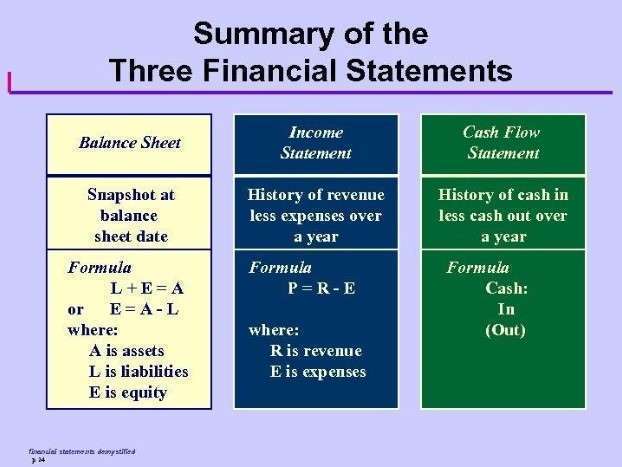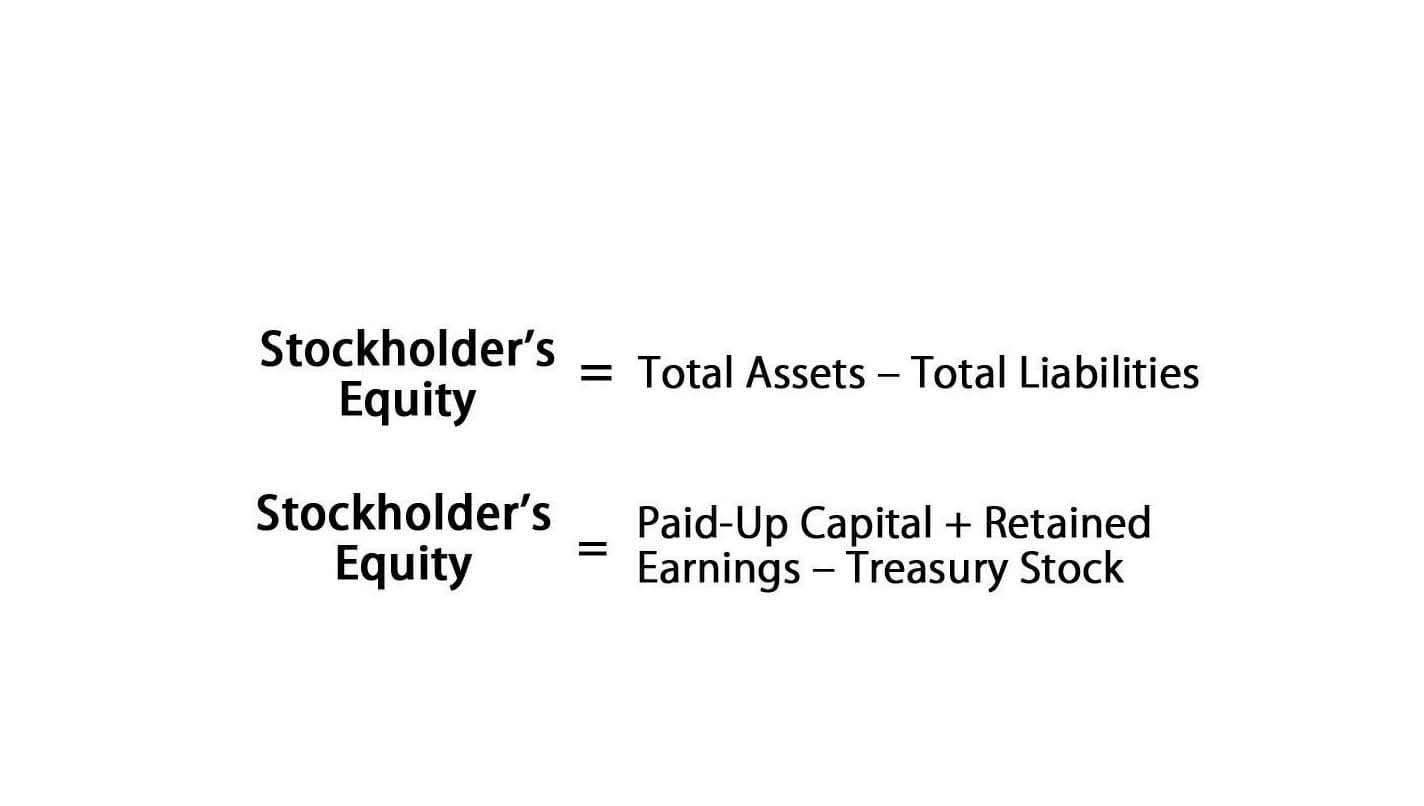
Understanding the local legal landscape is crucial for managing retainage effectively and ensuring compliance with all relevant regulations. Retainage practices extend down the contractual chain to subcontractors, meaning that general contractors often withhold a portion of payments from their subcontractors as well. This practice mirrors the terms set by the project owner, ensuring that all parties involved in the construction process are equally incentivized to complete their work to the required standards and timelines. By applying retainage to subcontractors, general contractors ensure that each layer of the project team is motivated to address any deficiencies and complete their respective tasks.
What is meant by email management?
In conclusion, while retention in construction serves as an assurance for clients, it’s equally significant for contractors from a financial and operational standpoint. As a construction project manager, understanding, anticipating, and effectively managing retention can mean the difference between a project that’s financially successful and one that faces unnecessary hurdles. Through proactive management and open communication, both contractors and clients can ensure a win-win outcome.
Common issues faced in retainage management
It also helps ensure that contractors are paid for their work once they fulfill the contract requirements. However, retainage can also strain a contractor’s cash flow, as they may have to wait until project completion or specific milestones to receive the retained funds. retainage in construction In the world of commercial real estate, building design, and construction, understanding retainage is crucial. Retainage refers to the percentage of money withheld by the client or project owner from the contractor’s payment until the completion of the project.

Benefits and Drawbacks of Retainage
Contractors who have money withheld by the project owner should also use retainage with their subcontractors to mirror the protection that the owner has established. Passing retainage down the line helps contractors better manage cash flow and incentivizes subcontractors to complete their portions of the job. Other best practices for construction accounting can help contractors and subcontractors reduce the burden of held back funds. Retainage, a common practice within the construction industry, acts as a financial safeguard, ensuring that projects are completed according to the pre-established standards and timelines. This fundamental aspect of construction bookkeeping involves holding back a portion of the payment due to contractors and subcontractors until the project reaches its conclusion or certain milestones. The practice of retainage, or retention as it’s sometimes called, offers a balance of power between project owners and contractors, ensuring that a financial incentive is in place for completing the work as agreed.
Every construction project — whether it’s a residential home, a commercial building, or a major infrastructure development — depends on a detailed set of documents to guide the construction process… The retainage is reconciled against the general ledger so that the project manager has a balance, by project, for the total or vendor-side retainage in effect. Paying out that retainage to subcontractors properly and on time is another. One common question that many folks in the construction industry have is whether the Texas retainage rules apply to residential projects…. Front loading a schedule of values is one way contractors and subs attempt to ensure steady cash flow, but there are…

How Does Retainage Impact Contractors and Subcontractors?
Thus, it’s easy to see how retainage only makes a bad problem worse for many contractors. But in certain instances, “retainage” refers to the money being held back and “retention” to the act of withholding the money. Procore is committed to advancing the construction industry by improving the lives of people working in construction, driving technology innovation, and building a global community of groundbreakers. Our connected global construction platform unites all stakeholders on a project with unlimited access to support and a business model designed for the construction industry.
Best Practices for Managing Retainage:

Brevity is critical, and can ensure that others—including news organizations—will quote or repeat your response. Ensure that what you say and how you say it are consistent with the messaging and information that was originally shared about the crisis. Creating an element of doubt or giving new reasons for others to question your management of the crisis could deepen or extend it. Monitor social media and news organization for how they are covering your response to the crisis, and what critics are saying about your management of the situation. Data and analytics technologies should enable continuous improvement within your supply chain.
Best Practices For Responding To Criticism Of How A Crisis Was Managed
If you want to find out more about how mechanics lien rights can help your company, get in touch with us, or just go forward to file your lien online now. Holding back money from a contractor is an invention of contract, meaning it started with parties agreeing to the practice. The first and most important thing to make clear is that in a majority of jurisdictions, retainage is negotiable. For example, an owner and contractor might agree to retain 10% of the payments until the job reaches 50% completion, after which they will reduce the retainage on progress payments to 5%. Many construction companies think they’re engaging in best practices, even as they’re all doing retainage differently. Sometimes the customer will withhold 10%, but the general contractor turns around and withholds 12% from subcontractors.
- If we follow generally accepted accounting principles (GAAP), once your retainage payables are invoiced, they’ll move to accounts or subcontract payables.
- Another way to ensure prompt payment is by verifying that every aspect of the project is completed to the highest standards.
- Generally, withholding amounts in a construction contract that violate state-imposed limits will be rendered invalid.
- To ensure you can collect your retainage on a public project you need to get a copy of the bond for your record in case you need to collect off of the bond.
- This practice acts as a financial incentive for contractors to ensure that the project is completed on time and meets the required quality standards.
- Although retainage rates can vary, you’ll typically encounter a range from five to ten percent.
Ensure Data Security and Privacy
This can result in increased motivation and productivity, leading to a more timely completion of the project. On the other hand, disputes or delays in the release process can cause project bottlenecks and impact the project’s overall timeline. The process for releasing retainage varies depending on the terms specified in the contract. It often involves the contractor requesting the release of the withheld amount in writing, accompanied by any required documentation or evidence of meeting the release conditions. The project owner or their representative then reviews the request and, if satisfied with the completion of the project, releases the retainage to the contractor. Construction contracts often include clauses that outline the retainage terms and provisions.